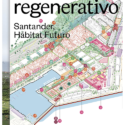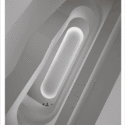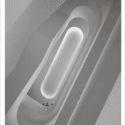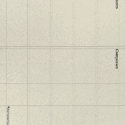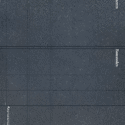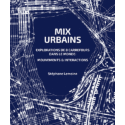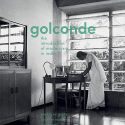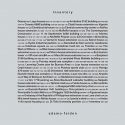Your Cart is empty
Urbanismo regenerativo (SP ED.)
Santander, Hábitat futuro Landlab, Paisaje Transversal
We are living in a critical moment, a reality marked by environmental and socio-economic limits that requires innovative and realistic forms of action and planning. This is what regenerative urbanism proposes, a new approach based on utopian pragmatism that seeks to restore balance to the urban territory by designing systems that allow it to adapt and transform. It is a methodology that defines models that do not consume available resources, but rather generate new ones that ensure compatibility between economic and social prosperity and nature. Santander, Hábitat Futuro (Santander, Future Habitat) is the city model created from this methodology, a proposal for the transformation of this city for the year 2055. It is an open model based on innovation and citizen participation that prepares and adapts the territory for the different scenarios to come. Santander, Habitat Futuro is a guide that directs the commitment of the different social, economic and political agents towards a common goal: to achieve a circular, sustainable, resilient, vertebrate, prosperous, vital and inclusive city. A model that, due to its innovative nature, can serve as an example to other intermediate cities around the world. With Contributions of Emilio Luque, Zaida Muxí Martínez, Carlos Moreno, Pere Macias, Sonia P. Landázuri, Jorge Pérez-Jaramillo, José Mª García-Pablos y Antonio Bezanilla. EBOOK VERSION
